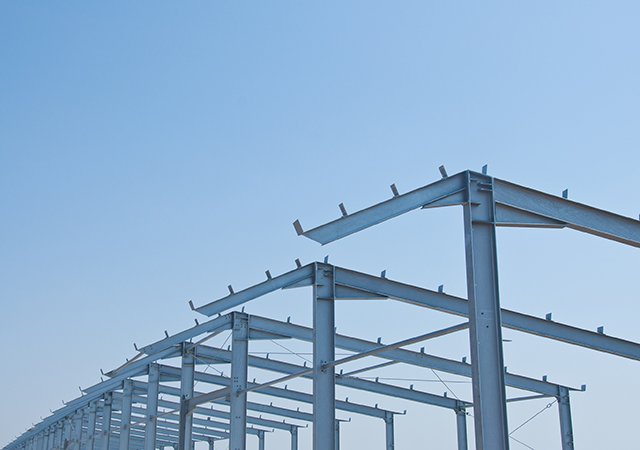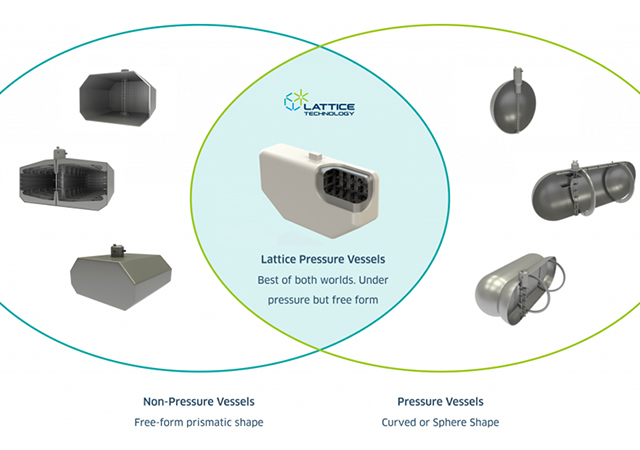
 Lattice Technology
Lattice Technology
In the traditional world of pressure vessels, used to transport hazardous materials like oil, chemicals, or compressed gases, failure is simply not an option. The structural integrity of these vessels depends entirely on the outer wall, limiting their size and shape. However, a team of researchers from the Korean Advanced Institute of Science and Technology (KAIST) has set out to change the game.
Pål Bergan and Daejun Chang, the founders of Lattice Technology, recognised the need for a new approach to pressure vessel design. "From working in the industry, I saw that there were so many limitations with the traditional pressure vessel technology," Bergan explained.
The solution they developed is a completely revolutionary design, known as the Lattice Pressure Vessel (LPV). Rather than relying on a rigid outer shell, the LPVs feature an intricate internal structure composed of a series of beams, forming a repetitive pattern of lattices.
"If you look at lattice structures in nature, and even have lattice structures in our bones, they are light and efficient structures," Bergan said. This internal lattice framework is what bears the pressure, rather than the outer wall. The pressure is now carried by the internal structure and balanced against the opposite outer wall, creating a box-like geometry.
The modular nature of the LPV design allows for scalability in any direction, enabling the vessels to be tailored to fit the available space or application. "The design conforms to the ship rather than the ship conforming to the tank," Bergan noted.
The first real-world application of this technology was in the delivery of the first liquefied natural gas (LNG)-fueled vessel for public service in South Korea. The LPV technology was used as the containment for the LNG fuel, with a tank designed to hold a volume of 15 m3 and a pressure of 9 bar.
To further commercialise the LPV technology, Lattice Technology was recently granted a $4-million research grant to fabricate three LPV tanks of varying sizes – 0.6 m3, 35 m3, and 350 m3 – for LNG fuel transport.
The company's vision is to promote and facilitate the use of environmentally friendly fuels, and they believe that their innovative LPV design will be a paradigm shift for the containment of all types of pressurised gases.
